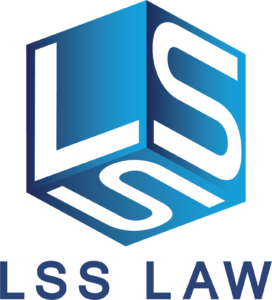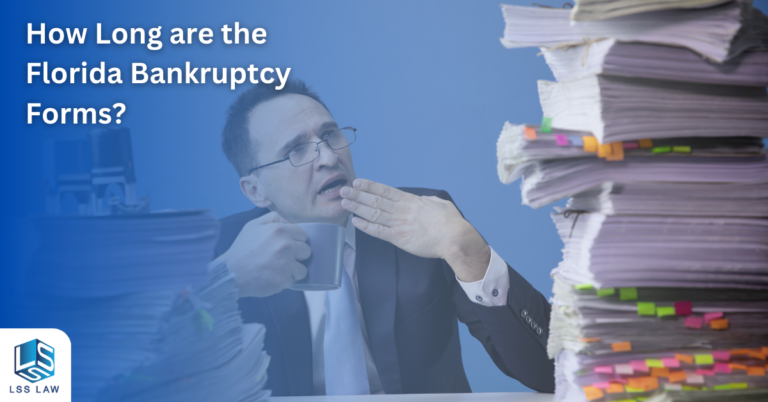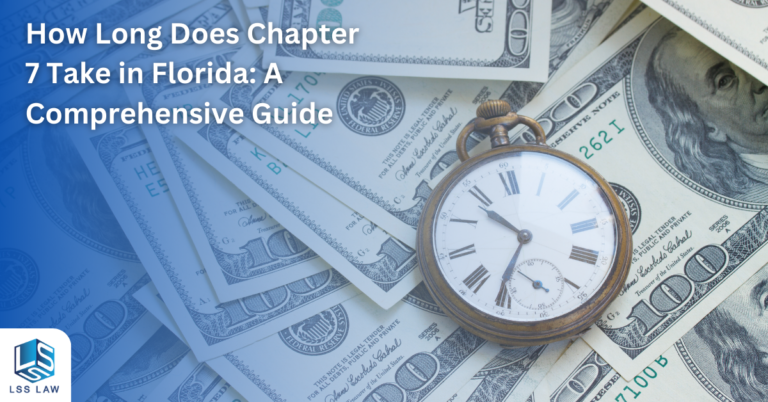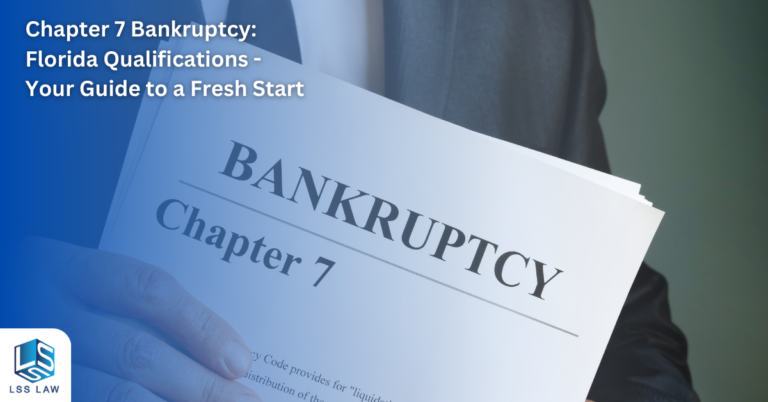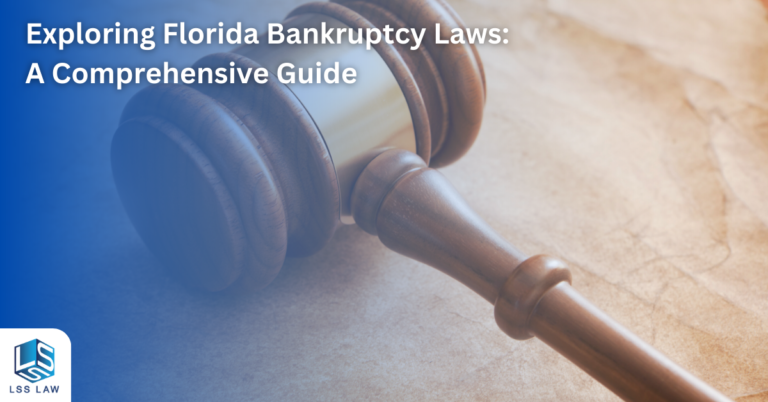If you are facing financial difficulties in your business, you’re not alone. There are options available to help you regain control of your financial situation and business bankruptcy is one such option. In this guide, we’ll explore the different types of bankruptcy available to businesses, the benefits and drawbacks of each, and how to determine the best course of action for your unique situation.
Bankruptcy for Business Explained

Bankruptcy for business is a legal process that allows businesses struggling with debt to reorganize their finances, negotiate with creditors, and potentially continue operations.
About Chapter 11 Bankruptcy
Chapter 11 bankruptcy is designed for businesses and corporations seeking to reorganize debt and continue operating. Both small and large businesses can file for Chapter 11 in Florida. This type of bankruptcy provides an automatic stay, temporarily halting collection efforts, foreclosures, and lawsuits. During the process, the debtor typically remains in control of the business as a debtor in possession.
Benefits and Drawbacks of Bankruptcy for Business

Filing for bankruptcy can provide several benefits for businesses struggling with debt, including:
- Debt reorganization
- Protection from legal action
- Property protection
However, there are also potential drawbacks to consider:
- Increased insurance premiums
It’s important to weigh the pros and cons of bankruptcy for your specific business situation before making a decision.
Determining the Best Course of Action
Bankruptcy for business is a complex and challenging process, and determining the best course of action for your unique situation requires careful consideration. It’s essential to consult with an experienced bankruptcy attorney to discuss your options and develop a strategy for moving forward.
Remember, bankruptcy is not the end – it can be a beginning. Bankruptcy law is in place to help businesses get back to a firm financial footing.
Navigating Chapter 11 Bankruptcy for Small Businesses
For small businesses facing financial challenges, Chapter 11 bankruptcy can be a strategic option for restructuring debts and maintaining operations. However, it’s important to understand the process and its potential implications.
Subchapter V: A Streamlined Process for Small Businesses
Small businesses with less than $7.5 million in debt may qualify for a streamlined Chapter 11 process known as Subchapter V. This process simplifies the reorganization process, reduces costs, and provides additional benefits such as increased control over the business and a faster timeline for plan confirmation.
Reevaluating Business Operations
Chapter 11 bankruptcy provides an opportunity for the business owner to reevaluate the business model and make strategic changes to improve financial stability. This process may involve consolidating or eliminating underperforming locations or divisions, renegotiating contracts and leases, and addressing tax liabilities through the reorganization plan.
Rebuilding Credit and Reputation
While filing for Chapter 11 bankruptcy may have a negative impact on your business’s credit rating, successfully completing the process can help rebuild credit over time. Additionally, a successful reorganization can improve your business’s reputation and relationships with creditors, suppliers, and customers.
Embracing Bankruptcy as a Financial Tool
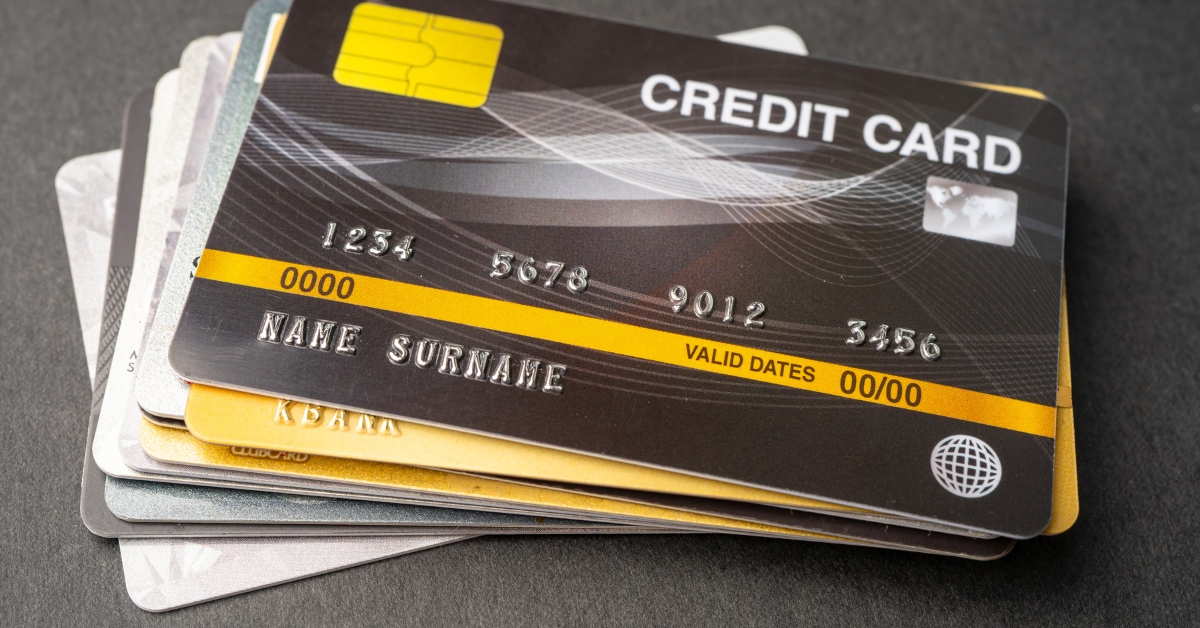
Bankruptcy for business should not be perceived as a failure, but rather as a valuable financial tool to help business owners regain control of their financial situation and overcome challenges. By understanding bankruptcy options and working closely with a knowledgeable bankruptcy attorney, you can develop a strategic plan to tackle business debts and emerge more robust on the other side.
Filing bankruptcy can be a strategic move for businesses facing financial difficulties, allowing them to restructure their business debts, protect business assets, and potentially continue operating. The bankruptcy filing process, guided by the bankruptcy court and a bankruptcy trustee, can help business owners separate their personal assets and personal debts from those of their business entity. This separation ensures that the business owner’s personal finances are not adversely affected by the business’s financial struggles.
For sole proprietors, filing personal bankruptcy, such as Chapter 7 bankruptcy, may be the most appropriate course of action, as their personal debts and business debts are often intertwined. In contrast, other business structures, such as limited liability companies and corporations, may benefit from filing for business bankruptcy under Chapter 11. The Small Business Reorganization Act, which introduced Subchapter V to the bankruptcy code, streamlines the Chapter 11 process for qualifying small businesses, making it more accessible and cost-effective.
Regardless of the chosen bankruptcy chapter, it is essential to work with a skilled bankruptcy attorney to navigate the complex legal process and ensure compliance with all requirements set forth by the bankruptcy court. A well-crafted repayment plan, approved by the court, can help business owners manage their business debt, protect their partners’ personal assets, and ultimately lead to a successful bankruptcy case.
Embracing bankruptcy as a financial tool can provide a fresh start for struggling businesses and help business owners overcome financial challenges, leading to a brighter future for both the business and its owners.
Managing Post-Petition Financing in Chapter 11

Securing Post-Petition Financing
During Chapter 11 bankruptcy, businesses may need to secure additional financing to cover ongoing expenses and support the implementation of their reorganization plan. This financing is known as post-petition financing or debtor-in-possession (DIP) financing. This financing is obtained from lenders willing to provide funds to businesses under bankruptcy protection.
Balancing Financing Needs with Creditors’ Interests
While post-petition financing can provide much-needed financial support for businesses during the Chapter 11 process, it’s important to balance the need for financing with the interests of creditors. This may involve negotiating the terms of the financing agreement to ensure that it does not unfairly disadvantage existing creditors or jeopardize the success of the reorganization plan. Obtaining post-petition financing typically requires court approval, as the court must agree that it is in the best interest of the business and its creditors.
Strategies for Success in Chapter 11 Bankruptcy

Successfully navigating Chapter 11 bankruptcy for business requires careful planning, strategic decision-making, and effective cash flow management. By focusing on these key areas, businesses can improve their chances of emerging from the bankruptcy process stronger and more financially stable.
Effective Cash Flow Management
During the Chapter 11 bankruptcy process, businesses must closely monitor and manage their cash flow to ensure that they can cover ongoing expenses and meet the requirements of their reorganization plan. This may involve implementing cost-cutting measures, renegotiating contracts, or securing additional financing as needed. Proper cash flow management can help pay creditors and address business debts, ultimately leading to a successful filing bankruptcy.
Expense Reduction
Reducing expenses is often a critical aspect of the Chapter 11 bankruptcy process. This can include renegotiating contracts and leases, consolidating or eliminating underperforming divisions, and addressing tax liabilities. By reducing expenses, businesses can improve their financial stability, protect business assets, and increase the likelihood of successfully completing the reorganization.
Increasing Revenue
In addition to reducing expenses, businesses going through Chapter 11 bankruptcy should also focus on increasing revenue. This can be achieved through strategic changes to the business model, such as expanding into new markets, developing new products or services, or improving marketing efforts. By increasing revenue, businesses can improve their financial position, better meet the requirements of their reorganization plan, and address outstanding business debts.
It is important to work closely with a bankruptcy attorney throughout the process to ensure compliance with the bankruptcy court’s requirements. A strong reorganization plan can help rebuild the business and manage personal debts and personal assets separately from their business entities.
By focusing on these key strategies, businesses can increase their chances of successfully navigating the Chapter 11 bankruptcy process and emerging stronger and more financially stable.
The Importance of a Strong Reorganization Plan in Chapter 11

A well-crafted reorganization plan is essential for businesses going through Chapter 11 bankruptcy. This plan outlines how the business intends to repay its debts and restructure its operations to ensure long-term success.
Developing a Feasible Reorganization Plan
Creating a feasible reorganization plan requires careful analysis of the business’s financial situation, as well as a clear understanding of its short-term and long-term goals. The plan should detail how the business will repay its debts, change its business structure, and implement strategies to increase revenue and reduce expenses. Additionally, the plan should be designed to address the concerns of creditors and demonstrate the business’s commitment to repaying its debts over time.
Gaining Creditors’ Approval
In Chapter 11 bankruptcy, creditors play a crucial role in the approval of the reorganization plan. They are divided into classes based on the type of debt they hold, and each class must vote to approve the plan. Gaining creditors’ approval can be challenging, and it’s essential to develop a plan that balances the interests of the business and its creditors. By establishing a clear path to financial stability, businesses can increase their chances of gaining creditors’ approval and successfully completing the Chapter 11 process.
The Role of the United States Trustee in Chapter 11 Bankruptcy

The United States Trustee plays a vital role in the Chapter 11 bankruptcy process, overseeing the administration of the case and ensuring compliance with legal requirements.
Monitoring the Debtor’s Progress
The United States Trustee is responsible for monitoring the debtor’s progress throughout the Chapter 11 process. The trustee reviews the debtor’s financial records, income statements, and tax filings to verify that the debtor is fulfilling their obligations, making timely payments, and adhering to the terms outlined in the bankruptcy plan.
Appointing Creditors’ Committees
In some cases, the United States Trustee may appoint a creditors’ committee to represent the interests of unsecured creditors during the Chapter 11 process. This committee can participate in the development of the reorganization plan and provide input on key decisions, such as the sale of assets or the renegotiation of contracts.
Ensuring Compliance with Legal Requirements
The trustee is also responsible for ensuring that the debtor complies with all legal requirements during the Chapter 11 bankruptcy process. This includes monitoring the debtor’s compliance with court orders, reviewing financial reports, and ensuring that the reorganization plan meets the requirements of the Bankruptcy Code.
By working closely with the United States Trustee, a business owner can be sure that he or she is meeting the requirements of the Chapter 11 process and improving the chances of successfully reorganizing and emerging from bankruptcy stronger and more financially stable.
Bankruptcy for Business – Your Questions Answered

Can my small business file for bankruptcy under Chapter 11?
Yes, both small and large businesses can file for Chapter 11 bankruptcy in Florida. Small businesses with less than $7.5 million in debt may qualify for a streamlined Subchapter V process, which can make the Chapter 11 process more manageable and cost-effective.
How does the automatic stay work in Chapter 11 bankruptcy?
When you file for Chapter 11 bankruptcy, an automatic stay is put in place, temporarily halting collection efforts, foreclosures, and lawsuits against your business. This gives your business breathing room to develop and propose a reorganization plan to the court and your creditors.
What happens if my business cannot successfully reorganize under Chapter 11?
If your business is unable to successfully reorganize and repay its debts under Chapter 11, the case may be converted to a Chapter 7 liquidation, or the debtor can voluntarily dismiss the case, subject to court approval. In either scenario, it’s essential to consult with an experienced bankruptcy attorney to determine the best course of action for your business.
Can I renegotiate contracts and leases during Chapter 11 bankruptcy?
Yes, during the Chapter 11 process, you can renegotiate contracts and leases to reduce your business’s ongoing expenses and liabilities. Unexpired leases and executory contracts can be rejected, and court approval may be obtained to pay critical vendor claims during the process.
How can I rebuild my business’s credit after completing Chapter 11 bankruptcy?
Rebuilding your business’s credit after successfully completing Chapter 11 bankruptcy takes time and effort. By maintaining a strong reorganization plan, effectively managing cash flow, and steadily repaying debts, your business can gradually rebuild its credit and reputation over time.
How can a bankruptcy attorney help my business navigate the Chapter 11 process?
An experienced bankruptcy attorney can provide invaluable guidance and support throughout the Chapter 11 process. They can help you develop a strong reorganization plan, negotiate with creditors, ensure compliance with legal requirements, and advise on key decisions to help your business successfully reorganize and emerge stronger from bankruptcy.
Contact Us to Learn More About Bankruptcy for Business

If you’re considering bankruptcy for your business, don’t hesitate to reach out to LSS Law for expert guidance and support. Our team is dedicated to helping businesses in South Florida navigate the complexities of bankruptcy and find the best path forward. To schedule a no-cost Bankruptcy Strategy Session for personal bankruptcies (Chapters 7 and 13), call us at 954-466-0541 or contact us online. Together, we can help you remove the financial monkey from your back and open the door to a brighter future.
